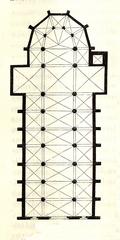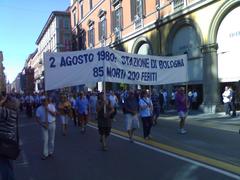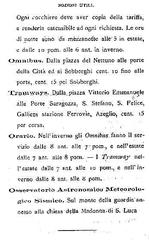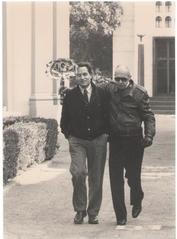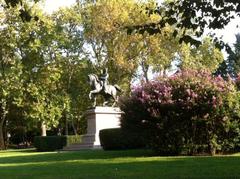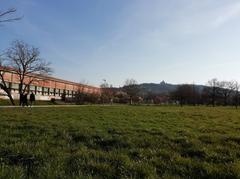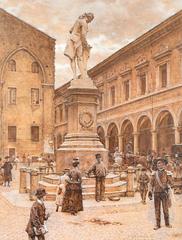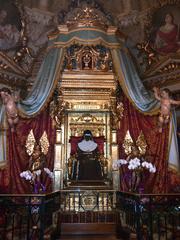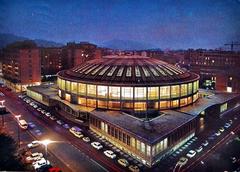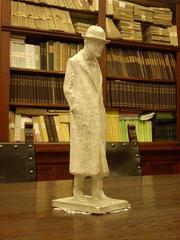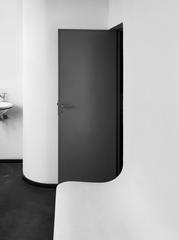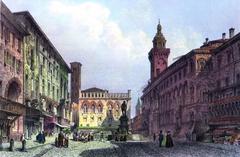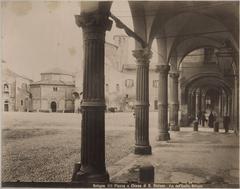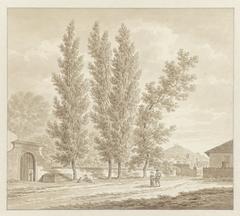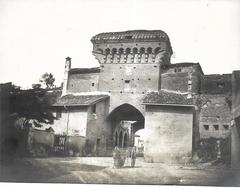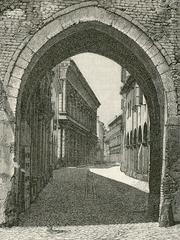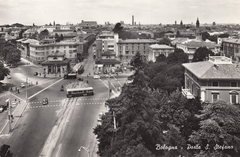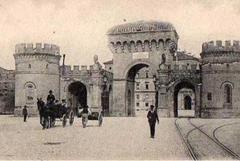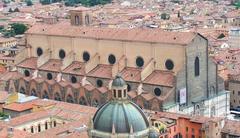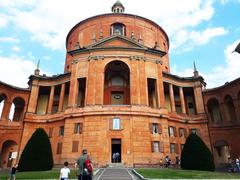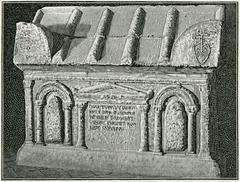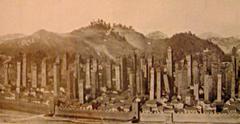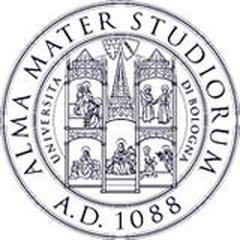Portico del Pavaglione Visiting Guide: Hours, Tickets, History, and More
Date: 19/07/2024
Introduction
The Portico del Pavaglione, nestled in the historical heart of Bologna, Italy, is a remarkable architectural and cultural treasure. Dating back to the Renaissance period, this iconic structure has served as a commercial hub and social gathering place for centuries. Its origins can be traced to the 16th century when it was constructed to provide shelter for merchants and their goods, thereby facilitating commerce in Bologna’s bustling city center. The term ‘Pavaglione’ itself is derived from the Italian word for ‘pavilion,’ reflecting its initial function as a covered market area.
Architecturally, the Portico del Pavaglione is renowned for its elegance and functionality. Spanning approximately 139 meters along Via dell’Archiginnasio, it features a series of arches supported by robust columns, showcasing the Renaissance architectural style. Over the centuries, the portico has undergone several renovations and transformations, yet it has retained its historical integrity and continues to be a vibrant part of Bologna’s urban landscape.
Today, the Portico del Pavaglione is not only a testament to Bologna’s rich history but also an essential destination for tourists. It offers a unique blend of historical significance, cultural impact, and modern-day charm, making it a must-visit for anyone exploring the city. This comprehensive guide will delve into its rich history, architectural features, and practical visitor information to enhance your experience at this remarkable site.
Contents
- Origins and Construction
- Architectural Significance
- Role in Bologna’s Commercial Life
- Historical Events and Transformations
- Cultural and Social Impact
- Preservation and Modern-Day Significance
- Visitor Information
- Visiting Hours
- Tickets
- Accessibility
- Notable Features and Attractions
- Visitor Tips
- FAQ
- Conclusion
- Sources
Origins and Construction
The Portico del Pavaglione, constructed around 1565, was designed to provide shelter for merchants and their goods. It was part of a broader urban development plan aimed at enhancing Bologna’s infrastructure and commercial appeal. The name “Pavaglione” is derived from the Italian word “pavaglione,” meaning “pavilion,” which reflects its initial purpose as a covered market area.
Architectural Significance
The Portico del Pavaglione is renowned for its architectural elegance and functionality. Extending approximately 139 meters along Via dell’Archiginnasio, adjacent to the Archiginnasio of Bologna, it features a series of arches supported by robust columns, showcasing the Renaissance architectural style. The design not only provided practical shelter but also contributed to the city’s aesthetic appeal.
Role in Bologna’s Commercial Life
Throughout its history, the Portico del Pavaglione has played a crucial role in Bologna’s commercial activities. It served as a bustling marketplace during the Renaissance, where merchants traded silk, spices, and other valuable goods. Its strategic location near the university and other significant buildings made it a central hub for economic transactions, enhancing Bologna’s reputation as a thriving center of trade and culture.
Historical Events and Transformations
Over the centuries, the Portico del Pavaglione has witnessed numerous historical events and transformations. Significant renovations in the 18th century enhanced its structural integrity and aesthetic appeal, including the addition of decorative elements and the restoration of arches and columns. During the Napoleonic era, it served as a venue for public gatherings and political events, reflecting its importance in the city’s social and political life.
Cultural and Social Impact
The Portico del Pavaglione has been more than a commercial hub; it has also been a cultural and social gathering place. It has hosted various events, including art exhibitions, public lectures, and cultural festivals. Its proximity to the Archiginnasio, which houses the Biblioteca Comunale dell’Archiginnasio, one of Italy’s most important libraries, has further cemented its status as a cultural landmark.
Preservation and Modern-Day Significance
Efforts have been made to preserve the Portico del Pavaglione and maintain its historical integrity. Restoration projects have focused on repairing structural damage and preserving original architectural features, supported by local authorities and cultural organizations. Today, it continues to be a vibrant part of Bologna’s urban landscape, attracting tourists and locals alike.
Visitor Information
Visiting Hours
The Portico del Pavaglione is accessible year-round. Exact visiting hours may vary, so it’s advisable to check local listings or the official Bologna Welcome website for the most current information.
Tickets
Generally, there is no entry fee to walk through the portico. However, guided tours that include the portico and nearby attractions may have associated costs.
Accessibility
The portico is wheelchair accessible, making it convenient for all visitors.
Notable Features and Attractions
Several notable features and attractions are associated with the Portico del Pavaglione. One prominent site is the Archiginnasio of Bologna, which houses the Anatomical Theatre, a stunning example of Baroque architecture used for anatomy lectures and dissections. Visitors can also explore the Biblioteca Comunale dell’Archiginnasio, which contains a vast collection of manuscripts, books, and historical documents.
Nearby, Piazza Maggiore, Bologna’s main square, is surrounded by historic buildings such as the Basilica di San Petronio and the Palazzo dei Banchi. The portico itself is lined with shops, cafes, and boutiques, offering a unique shopping and dining experience in a historic setting.
Visitor Tips
- Timing: The portico is accessible year-round, but visiting during the spring or autumn months can provide a more pleasant experience due to the mild weather.
- Guided Tours: Consider joining a guided tour to learn more about the portico’s history and significance. Many tours also include visits to nearby attractions such as the Archiginnasio and Piazza Maggiore.
- Photography: The portico offers numerous photo opportunities, especially during the golden hour when the sunlight casts beautiful shadows on the arches and columns.
- Local Cuisine: Take the time to enjoy local cuisine at one of the cafes or restaurants along the portico. Bologna is famous for its culinary delights, including traditional dishes like tagliatelle al ragù and tortellini.
FAQ
-
What are the visiting hours for the Portico del Pavaglione?
The portico is accessible year-round, but exact visiting hours may vary. Check local listings or the official Bologna Welcome website for current information. -
Is there an entry fee to visit the Portico del Pavaglione?
Generally, there is no entry fee to walk through the portico. Guided tours that include the portico and nearby attractions may have associated costs. -
Is the Portico del Pavaglione wheelchair accessible?
Yes, the portico is wheelchair accessible.
Conclusion
The Portico del Pavaglione is a testament to Bologna’s rich history and architectural heritage. Its origins as a commercial hub, its role in the city’s cultural and social life, and its ongoing preservation efforts make it a significant landmark worth exploring. Whether you’re a history enthusiast, an architecture lover, or simply looking to experience the charm of Bologna, the Portico del Pavaglione offers a memorable and enriching experience.
For more travel tips and updates on historical sites, download our mobile app Audiala, check out our other related posts, or follow us on social media.

